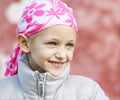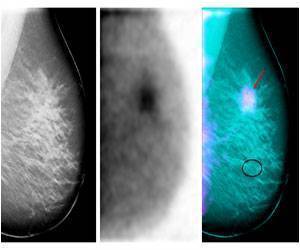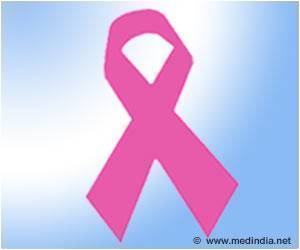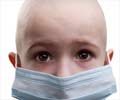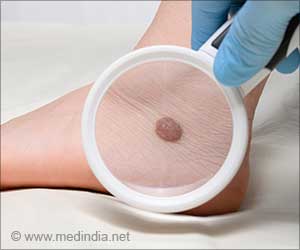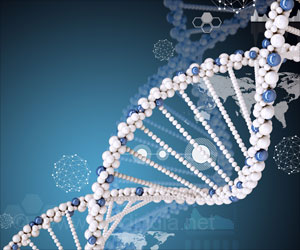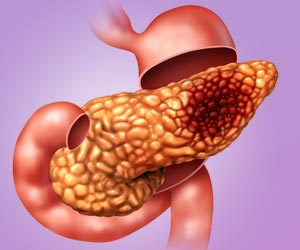Women who received certain types of chemotherapy and drugs for childhood cancer have an increased risk of developing breast cancer.
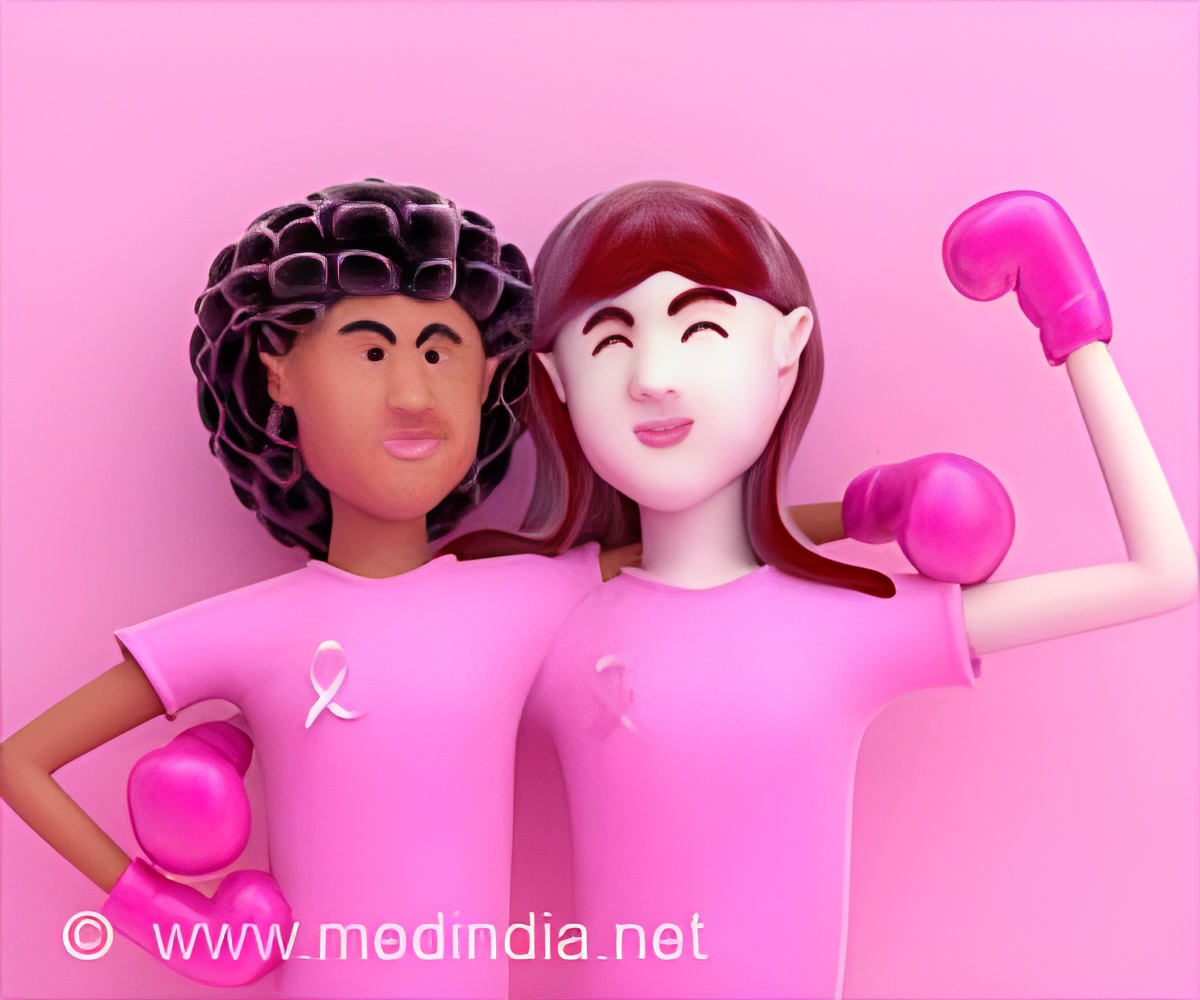
‘Earlier breast cancer screening in women who have previously been treated with chemotherapy for childhood cancer, can cut down the risk of breast cancer in later years. #cancersurvivors #childhoodcancer #breastcancer’





In a new study, scientists from the Princess Máxima Center investigated the risk of breast cancer in women who were treated for childhood cancer with so-called anthracycline chemotherapy, including doxorubicin (1✔ ✔Trusted SourceSubsequent female breast cancer risk associated with anthracycline chemotherapy for childhood cancer
Go to source). They looked at the medical records of nearly 18,000 childhood cancer survivors treated between 1946 and 2012 in the Netherlands, France, the United States, and Switzerland.
Childhood Cancer Treatment - An Underlying Risk Factor for Recurrence of Breast Cancer
An international team of researchers, led by group leader Prof. Dr. Leontien Kremer and Dr. Jop Teepen, found that 782 of all 17,903 survivors in the study were later diagnosed with breast cancer. The scientists analyzed which forms of treatment were linked to the later occurrence of breast cancer.Women treated with high-dose doxorubicin, without radiation to the chest, had an almost six-fold greater risk of breast cancer before the age of 40 (3.4%) than women in the general population (0.6%).
The small group of women who had both radiation to the chest and a high dose of the chemotherapy doxorubicin as a child had the highest risk of breast cancer. In that group, the estimated risk of breast cancer before the age of 40 was 8.1%.
Need for Early Screening and Diagnosis for Breast Cancer in Childhood Cancer Survivors
From five years after diagnosis, children and adults who have been treated for childhood cancer visit the LATER outpatient clinic of the Princess Máxima Center. There, they are monitored for possible late effects of treatment, including developing a second cancer. Based on the new results, the researchers are calling for broadening the guidelines for breast cancer screening in childhood cancer survivors.Yuehan Wang, a member of the Kremer group at the Princess Máxima Center for pediatric oncology, worked on the study as part of her PhD research. She says:
Anthracyclines are still an important part of the treatment for more than half of children with cancer. The dose that is now prescribed is on average much lower than in the past, but there are still children who need a high dose of these drugs in their treatment.
Advertisement
Prof. Dr. Leontien Kremer, research group leader at the Princess Máxima Center for Pediatric Oncology, who led the study, says:
‘Women who received chest radiotherapy as a child are screened for breast cancer from the age of 25 because it was already known that they are at an increased risk. Based on these new results, we aim to expand international guidelines for breast cancer screening, so that women who received a high dose of doxorubicin are also screened early.’
Reference:
- Subsequent female breast cancer risk associated with anthracycline chemotherapy for childhood cancer - (https://www.nature.com/articles/s41591-023-02514-1)
Source: Eurekalert


